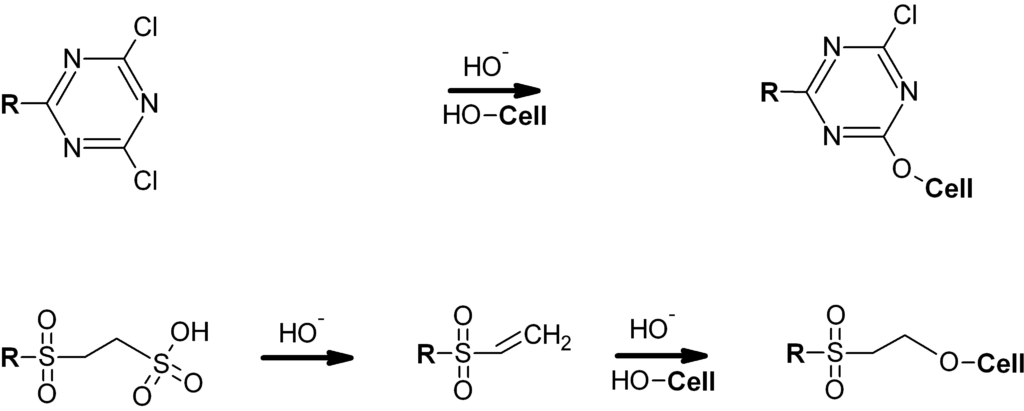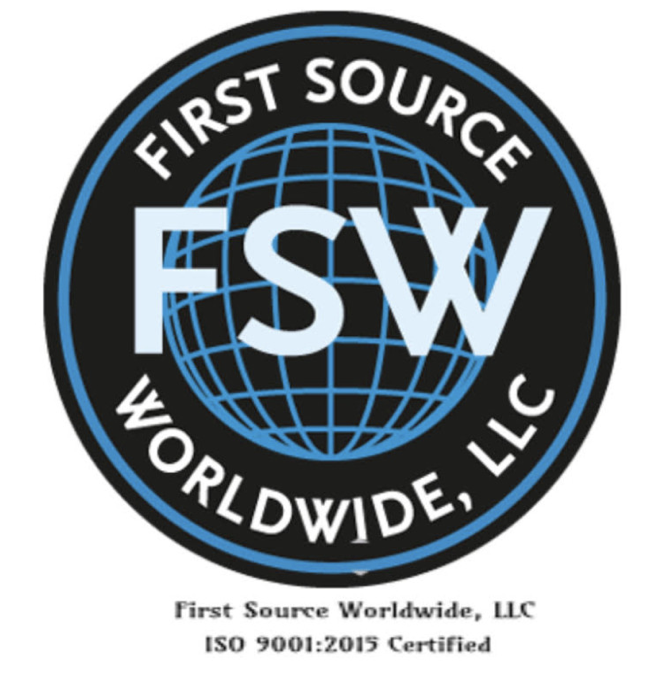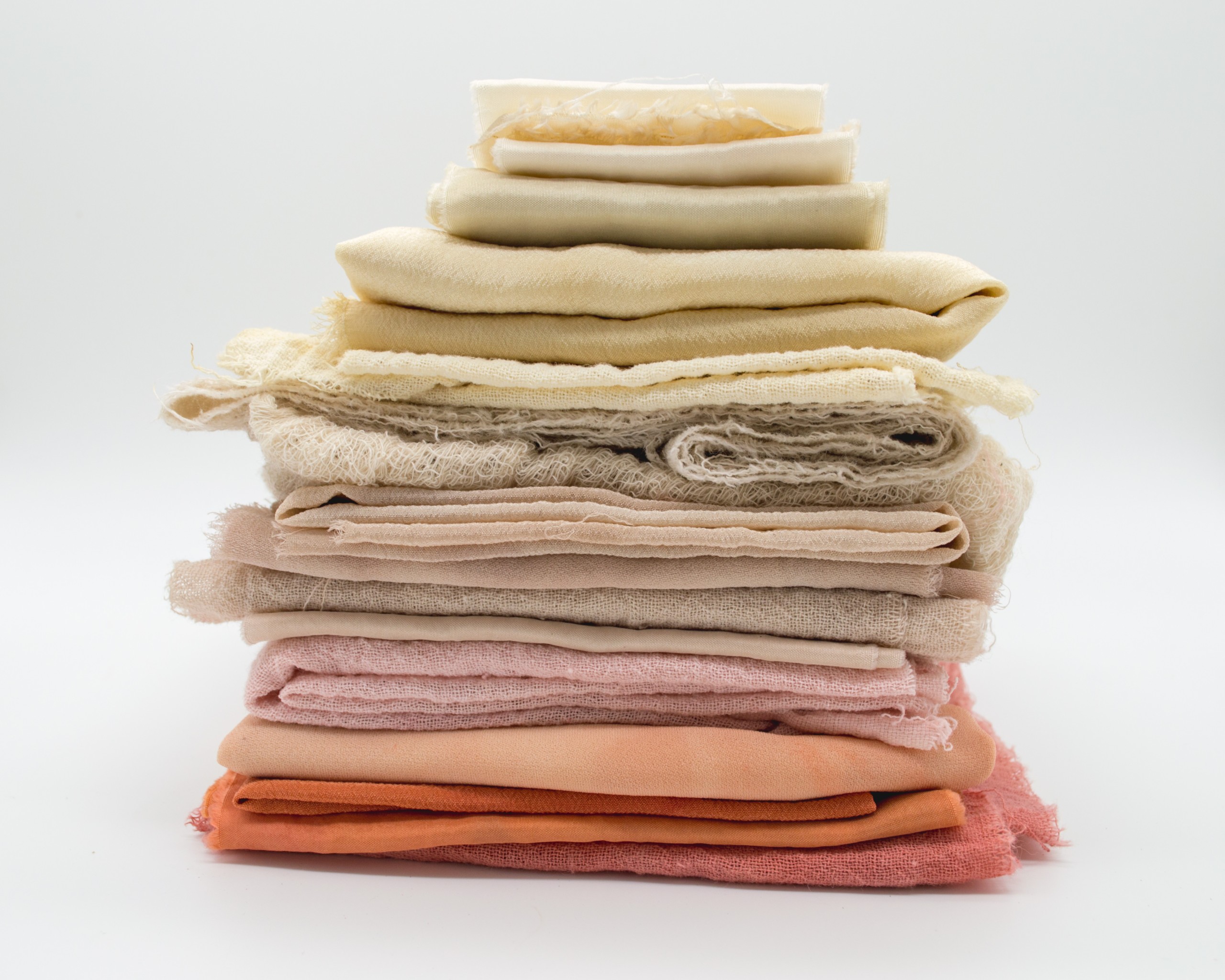Quality Assurance for Reactive Dyes in Textile Applications
Reactive dyes are manufactured from highly colored organic substances that result in coloring the substrate due to a chemical reaction. A successful reaction between the dyes and the substrate can only be accomplished by adding alkali (soda ash or caustic soda) and salt (sodium chloride or sodium sulfate).
Reactive dyes have excellent quality characteristics on cellulose such as cotton, wool, rayon, flax, and Tencel by forming a covalent bond between the dye molecule and the substrate. Because of this, they have an outstanding wash and light fastness properties. There is a wide range of reactive dyes for many application processes. They are applied by exhaust dyeing, pad dyeing, and printing. It is possible to achieve almost any desired color.

At First Source Worldwide we have highly trained personal in our textile lab that understand the importance of production efficiency and that the repeat-ability of your formulas is paramount. Before every lot of reactive dye leaves our dock and arrives at your dye-house it undergoes a battery of quality control tests. After the safety of our employees and customers, the quality of our products is our top priority.
First Source Worldwide’s Testing Strategy
- Solubility Testing: We make sure that every lot is water-soluble to the Grams Per Liter that is the Industry standard for that dye. The maximum recommended GPL solubility is listed in our shade cards.
- Transmission Testing: A spectrophotometer is used to measure light transmitting through a solution of dye and water. The spectrophotometer assigns a numerical value to color and we can look at the spectral curve and determine if the dye has the same chemical properties as the standard. Transmission testing of reactive dyes is not optimal alone because some reactive dyes such as MX Type, also known as Cold Reactive Dyes, can hydrolyze and deteriorate over differing amounts of time. When this happens the dye strength will transmit normally, but the dye will not react with the substrate properly and will just be washed out in the rinse.
- Reflectance Testing: A spectrophotometer is used to measure the color value of a dyed substrate. Most of the time 100% bleached cotton material is used. It is important that fiber reactive dye performs equally to the standard at all depths. We dye at least three different strengths from light to dark to ensure that the dye is reacting equally at all depths.
- Multi-Fiber Testing: Each lot of reactive dye is tested against the standard for staining and dying on multiple fibers which is important for dyeing cotton blends.
Also, at FSW we have technical staff that can answer any question and can assist our customers with any issue that may arrive. Our Textile and Carpet lab in Dalton Georgia has exhaust dyeing, padding, and screen-printing capability. We are a quality control lab first but enjoy assisting you with research and development projects.
At First Source Worldwide we are ISO 9001-2015 certified and you have our “do it right the first time” promise. Click the logo below to contact or technical team with any further questions!



